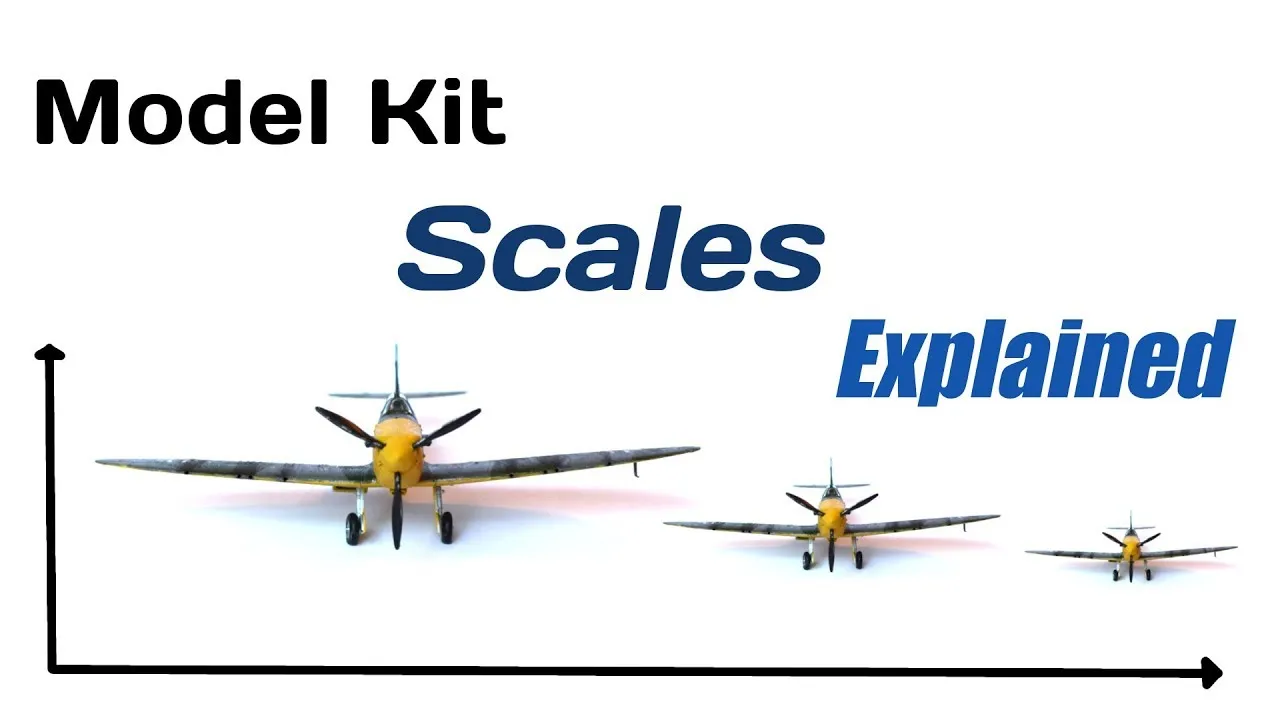Understanding Diecast Scales
The world of diecast models can be a captivating realm for collectors and enthusiasts alike. But navigating the intricacies of scales is crucial to fully appreciating and enjoying this hobby. A diecast scales chart acts as a foundational tool, providing a clear and concise guide to understanding the proportional relationships between a model and its real-world counterpart. This is not merely about size; it’s about capturing the essence of a vehicle in a miniaturized form. Grasping these scales allows collectors to make informed decisions when purchasing, organizing their collections, and appreciating the level of detail achieved in different models. From the grand 1:18 scale to the compact 1:64 scale, each offers a unique experience and appeal. Understanding the scale is vital for any beginner or an expert.
Common Diecast Scales
Several scales dominate the diecast model market, each catering to different preferences and collecting focuses. These scales dictate the size of the model relative to the original vehicle, making it essential to grasp the proportions. The most popular scales are explained in detail. Each scale offers a different collecting experience, so it’s essential to choose the right one.
1:18 Scale
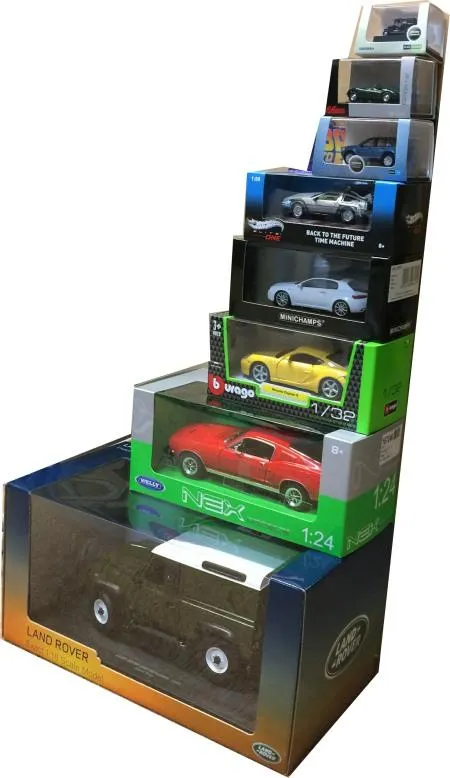
The 1:18 scale is one of the most popular amongst collectors. Models in this scale are relatively large, providing ample space for detailed features, opening parts, and intricate interiors. This scale allows manufacturers to replicate fine details, making them highly desirable for those who appreciate realism. They are ideal for display but require significant space.
1:24 Scale
1:24 scale models offer a balance between detail and size. They are generally more affordable than 1:18 scale models, allowing collectors to build a diverse collection without breaking the bank. While still large enough to exhibit good detailing, they require less display space. Many classic car models are available in this scale.
1:43 Scale
1:43 scale is another popular choice. The models are smaller and require even less display space. Despite their size, manufacturers still create highly detailed models. This scale is frequently used for race cars and commercial vehicles and allows for diverse collections.
1:64 Scale
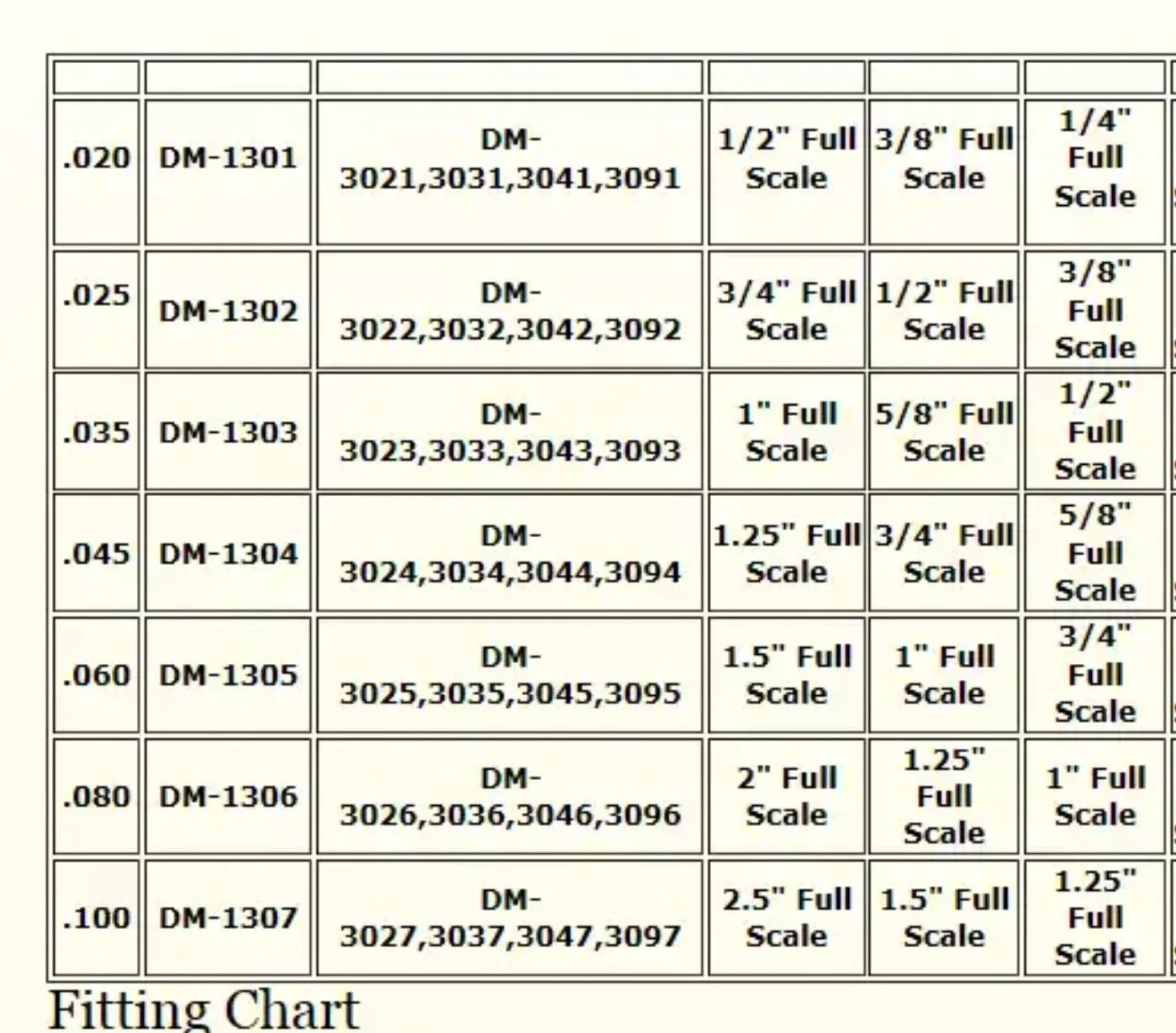
1:64 scale models are compact and very popular. They are typically very affordable and easy to store and display. This scale is ideal for those just starting to collect or for those with limited space. While the level of detail might be less than in larger scales, the variety of available models is vast. The Hot Wheels and Matchbox brands are well-known examples in this scale.
Factors Influencing Scale Choice
Choosing the right scale involves considering several personal factors. There’s no one-size-fits-all answer. The best scale for one collector may not be suitable for another. You need to assess your individual collecting goals, available space, and budget before deciding.
Collecting Goals
What do you hope to achieve with your collection? Are you focused on a specific car type, era, or manufacturer? Certain scales may have a broader selection of your desired models. If you want to collect classic muscle cars, for example, 1:24 or 1:18 scales might offer more choices. Consider the model availability when selecting a scale.
Available Space
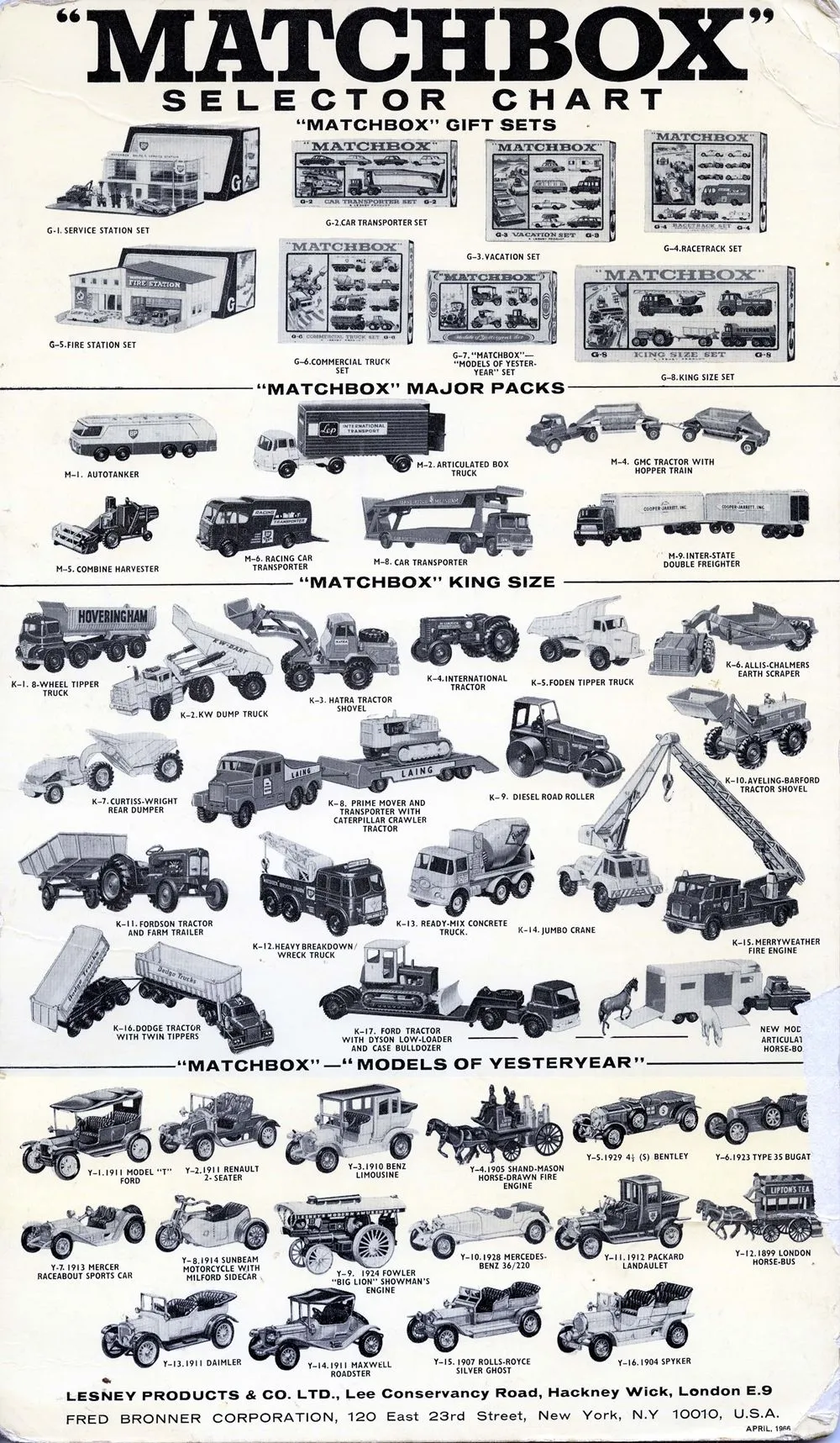
The amount of display space you have will significantly impact your choice. Larger scales like 1:18 require more room, which is something to consider if your space is limited. Smaller scales like 1:64 or 1:43 are space-efficient, allowing you to showcase a more extensive collection without needing a large display area.
Budget Considerations
The price of diecast models varies significantly depending on the scale, detail level, and manufacturer. Typically, larger scales tend to be more expensive. Setting a budget will help you narrow down the options. Consider your financial capacity to acquire and expand your collection over time when choosing a scale. Some scales, like 1:64, are generally more affordable, making them ideal for budget-conscious collectors.
Scale and Detail
Scale and detail are closely related in the diecast world. Generally, the larger the scale, the more opportunities there are for intricate detailing. However, advancements in manufacturing techniques mean that even smaller-scale models can possess remarkable levels of detail. The materials used and the manufacturing process also play a critical role in the final product.
Impact on Detail
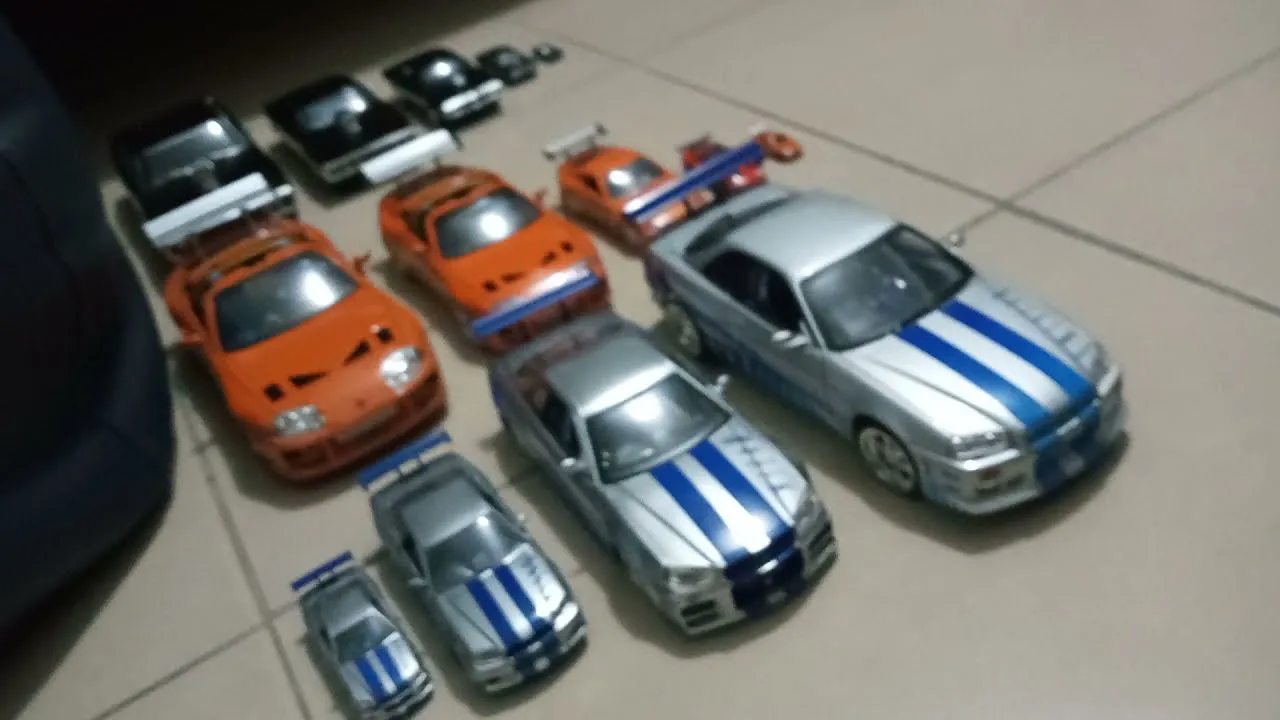
Larger scales, such as 1:18, offer more surface area for manufacturers to incorporate detailed features. This might include detailed engine bays, fully functional doors and hoods, realistic interiors with seats, dashboards, and even fabric seatbelts. Smaller scales, while potentially lacking some of these features, can still offer impressive levels of detailing thanks to advanced manufacturing processes, such as fine tampo printing and detailed casting.
Materials and Detailing
The materials used in diecast models, typically metal alloy and plastic components, can significantly influence the level of detail. High-quality models often incorporate photo-etched parts, accurate paint finishes, and realistic decals. The manufacturing process, including the casting, painting, and assembly, determines how accurately the model reflects its real-world counterpart. Researching the manufacturer and reading reviews can help you determine the level of detail you can expect for a specific scale.
Finding a Diecast Scales Chart
Accessing a diecast scales chart is straightforward. These charts offer a visual guide that can enhance your collecting journey. They can be valuable resources for understanding and comparing different scales, especially if you are new to diecast collecting.
Where to Find Charts
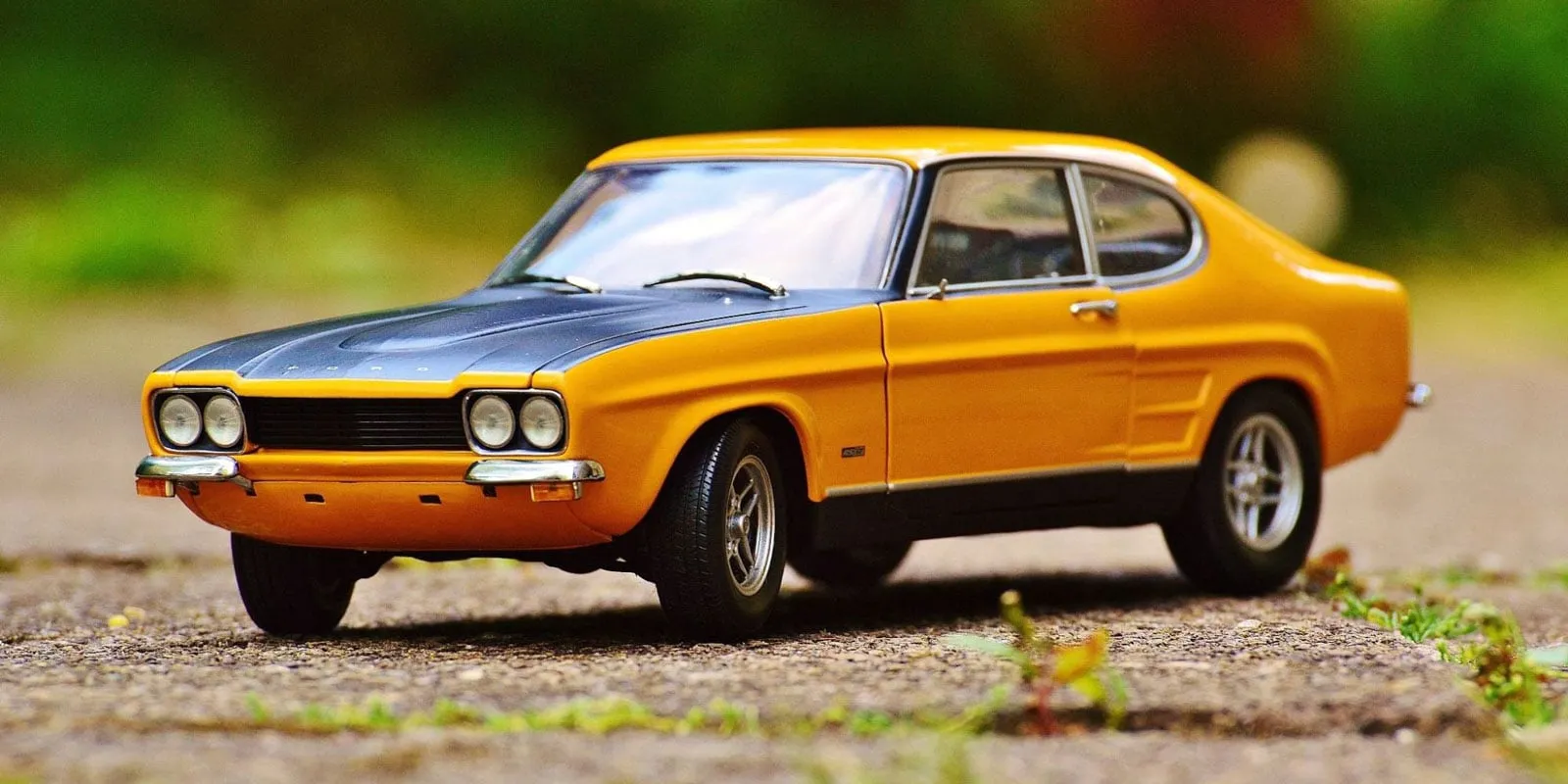
You can find charts online and in some specialist model retailer stores. Some diecast model websites and forums often provide readily available charts. These resources are designed to assist collectors in understanding the dimensions of the models.
Online Resources
Many websites are dedicated to diecast models, offering comprehensive charts and guides. These resources typically include detailed scale comparisons and provide visual examples of different models to highlight their differences. Searching for ‘diecast scales chart’ will generate multiple useful results. Many hobby-related blogs and forums also offer helpful information.
Model Retailers
Specialty model retailers are a fantastic source of information and charts. They often have printed materials or knowledgeable staff who can assist you. You can also browse through their selection to see the scales in person, gaining a better understanding of how they compare. Visiting local hobby stores is often a great way to discover this information and get started with the hobby.
Using a Diecast Scales Chart

A diecast scales chart serves as an indispensable tool, assisting you in the collecting process. This tool can help you compare, convert, and fully appreciate the range of available scales.
Comparing Scales Visually
Charts typically provide side-by-side comparisons of models in different scales. These visuals allow you to quickly grasp the size differences between scales. Seeing a 1:18 model next to a 1:64 model, for example, immediately clarifies the size disparity, helping you visualize how the model will fit in your display area.
Converting Scales
Some charts include information for converting between scales. Knowing the correct scale will help you determine the dimensions of a model based on its real-world size. This can be useful for assessing whether a model will fit in your display space. The chart is especially valuable when purchasing online, helping you avoid misunderstandings about the model’s size.
In conclusion, a diecast scales chart is an essential guide for both novice and experienced collectors. It simplifies the process of understanding, comparing, and appreciating the diverse world of diecast models. By understanding and effectively utilizing a scales chart, you can enhance your enjoyment of the hobby and build a satisfying collection. Whether you’re drawn to the detailed precision of a 1:18 model or the portability of a 1:64 model, the right scale can significantly improve your collecting experience. Armed with the knowledge provided by a scales chart, you are well-prepared to explore the exciting world of diecast model collecting!
